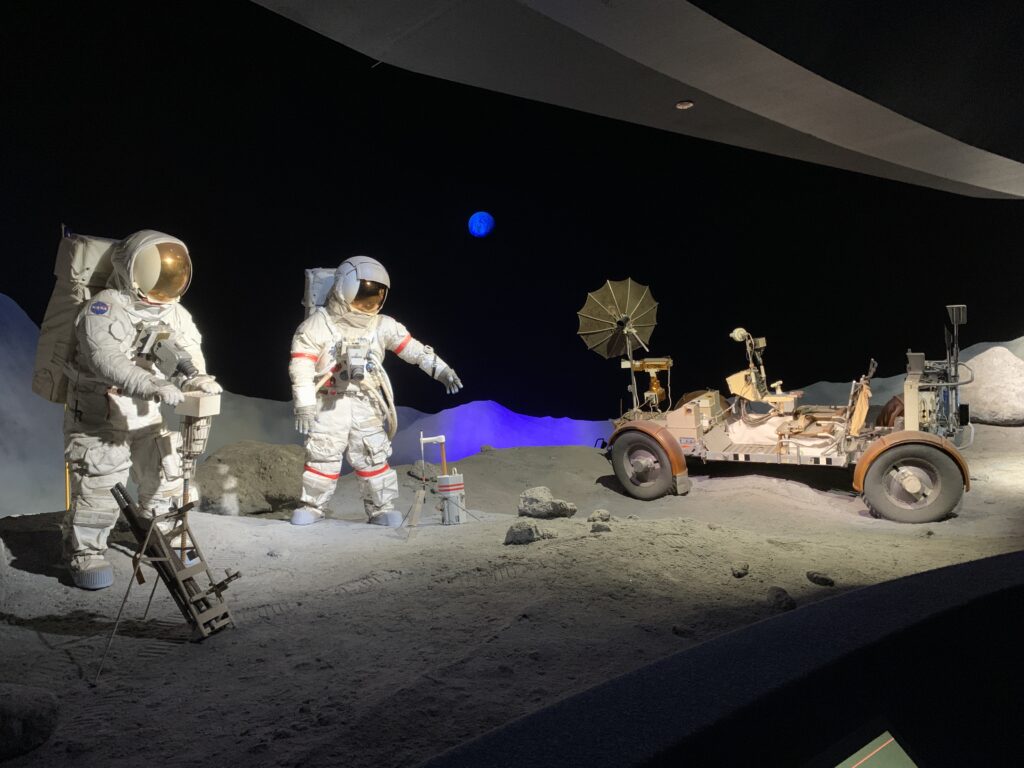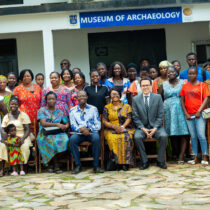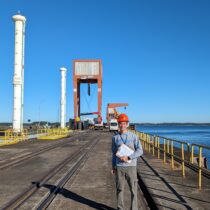CERAWeek 2025: Navigating the Energy Landscape in an Era of Change
April 29, 2025
From Norway, Zurich, and California, three ETH students united in Houston to attend CERAWeek 2025, an energy conference organized by S&P Global. What brought us here? Ayca is pursuing her PhD in architecture, researching the automated integration of building-integrated PV for facades. She utilizes artificial intelligence and is currently deepening her understanding at Stanford, California. Next, Fiona, a master’s student in Energy Science and Technology, focuses on decarbonization pathways and low carbon technologies such as heat pumps and carbon capture. Lastly, Giacomo, an electrical engineer, is deeply involved in building a startup that combines the power of AI forecasting with optimization to improve the control of complex operations.
We all came to Houston with a shared goal: to broaden our horizons and learn from the leaders in the energy industry who gathered to exchange ideas and innovations.
At first, we were incredibly excited but also a bit nervous. After all, we had travelled across the globe to a completely new place, vastly different from our lives in Switzerland and our usual academic bubble. The moment we landed in Houston, we quickly realized just how different this new environment was. The first thing that struck us was the sheer size of the roads – highways with five lanes in each direction, with cars beside us, each one bigger than the last. Curious, we looked up some statistics and discovered that Houston has more cars than the entire country of Switzerland! This led us to our first realization: energy solutions are highly location dependent. While in university, we constantly discussed the electrification of mobility; this topic seemed unimaginable in Houston. Strangely enough, Texas has the largest share of renewable energy generation in the U.S., thanks to its low costs and abundant solar irradiation.
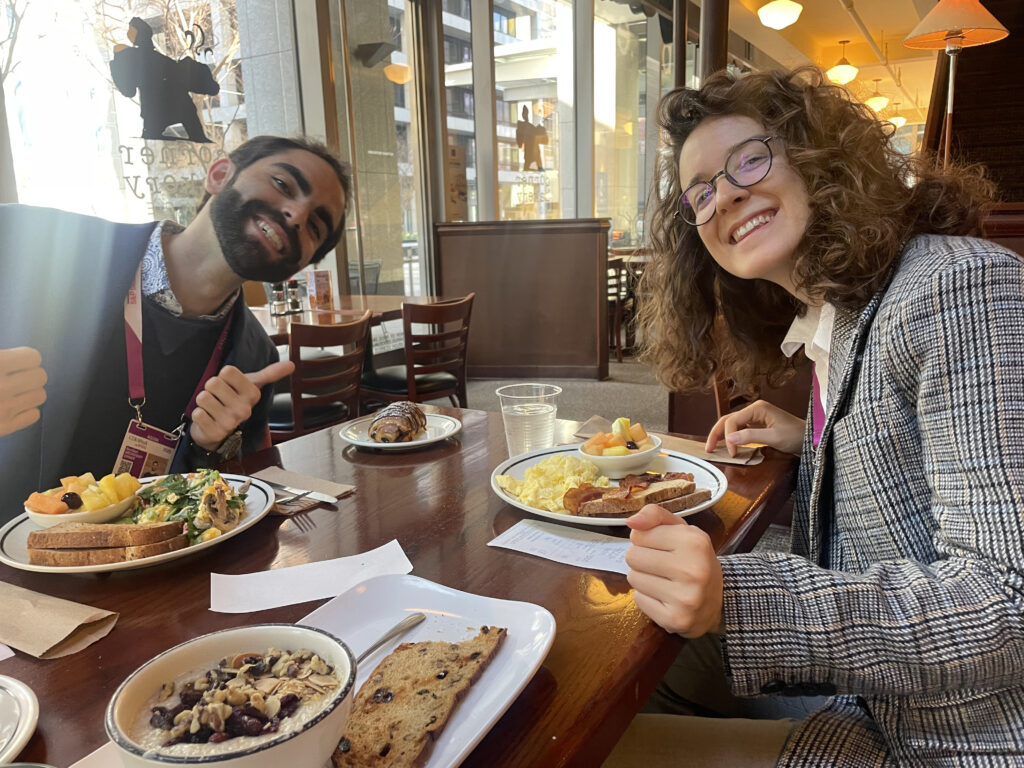
CERAWeek 2025 was overwhelming, yet the moment we stepped into the George R. Brown Convention Center, we knew we were in a truly special place. We found ourselves sitting next to CEOs, senior strategists, engineers, and financiers. At first, we weren’t sure how to approach such high-caliber individuals, but we soon realized that everyone was extremely open and eager to talk – a different networking culture from what we’re used to in Switzerland.
Our days were quickly filled with engaging conversations. We spoke with oil executives, startup founders, and many others, realizing that there are no simple solutions. In fact, the energy trilemma – balancing affordability, reliability, and sustainability – seemed to underpin nearly every discussion. But what stood out was the empowering mindset: rather than focusing on problems, people were actively identifying opportunities.

It became clear that the energy landscape is evolving rapidly. Everyone seemed aware that it’s time to move beyond outdated models and fully embrace innovation – evidenced by the presence of over 400 startups presenting groundbreaking ideas. We learned about AI for energy and energy for AI, how the focus is shifting toward energy security in the context of ongoing geopolitical tensions, and how the U.S. is asserting its position in the global energy sector.
One particularly interesting takeaway was that, despite political narratives we often hear in Europe about the current U.S. administration’s climate priorities, the energy landscape is actually moving forward through market-driven innovation. Many leading AI companies – whose data centers demand enormous amounts of energy – are actively investing in sustainable solutions regardless of political agenda. Nuclear power and carbon capture have emerged as key technologies in this transition, while solar and wind continue to maintain strong momentum. This reinforces what we observed throughout the conference: market forces, rather than politics alone, are guiding energy choices, with renewable energy technologies remaining cost-effective components in a diversified portfolio.
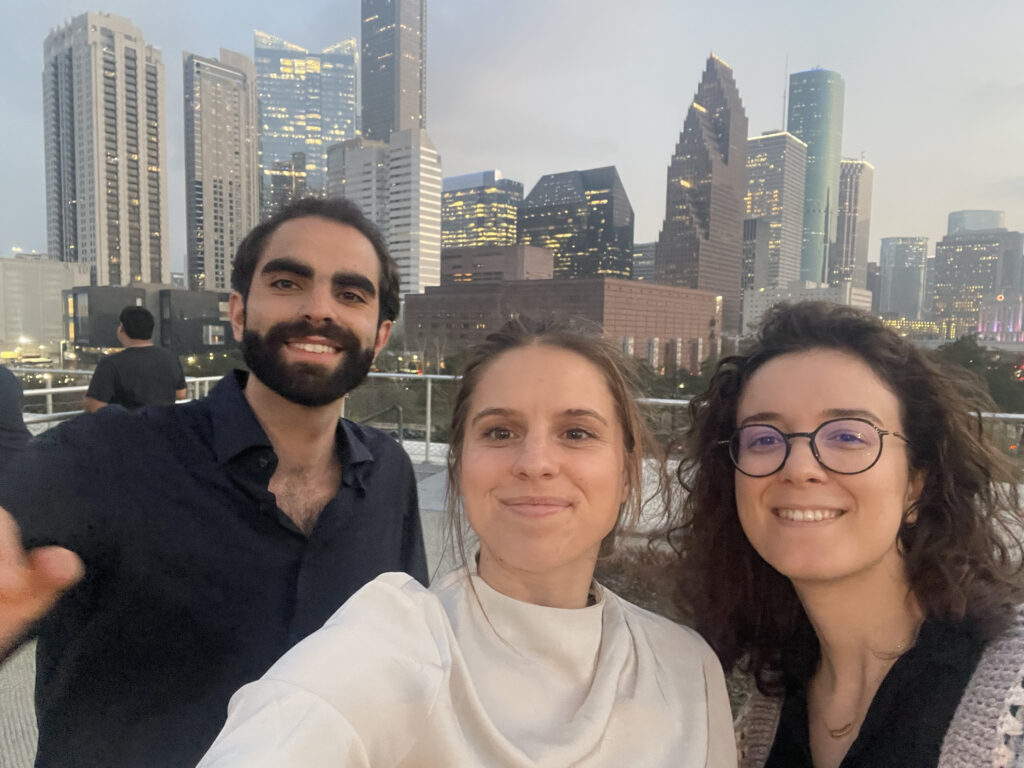
We also learned that the previous administration significantly invested in and subsidized renewable energy sources. However, oil production still reached record highs, showing that we need to do more to achieve net-zero goals. Many major oil and gas companies are now investing heavily in alternative energy and low carbon technologies, and to create meaningful change, it’s important to work collaboratively with these companies rather than against them, as they continue to provide the essential resources our society depends on.
Lastly, CERAWeek offered more than just learning, networking, and exchanging ideas with remarkable people. It also provided valuable time for us to come together, develop strategies for new opportunities, and explore the city. We had the wonderful experience of visiting the NASA Space Center, attending an NBA game, and enjoying the rodeo—all activities we would highly recommend.

